Welcome to
Things To Do
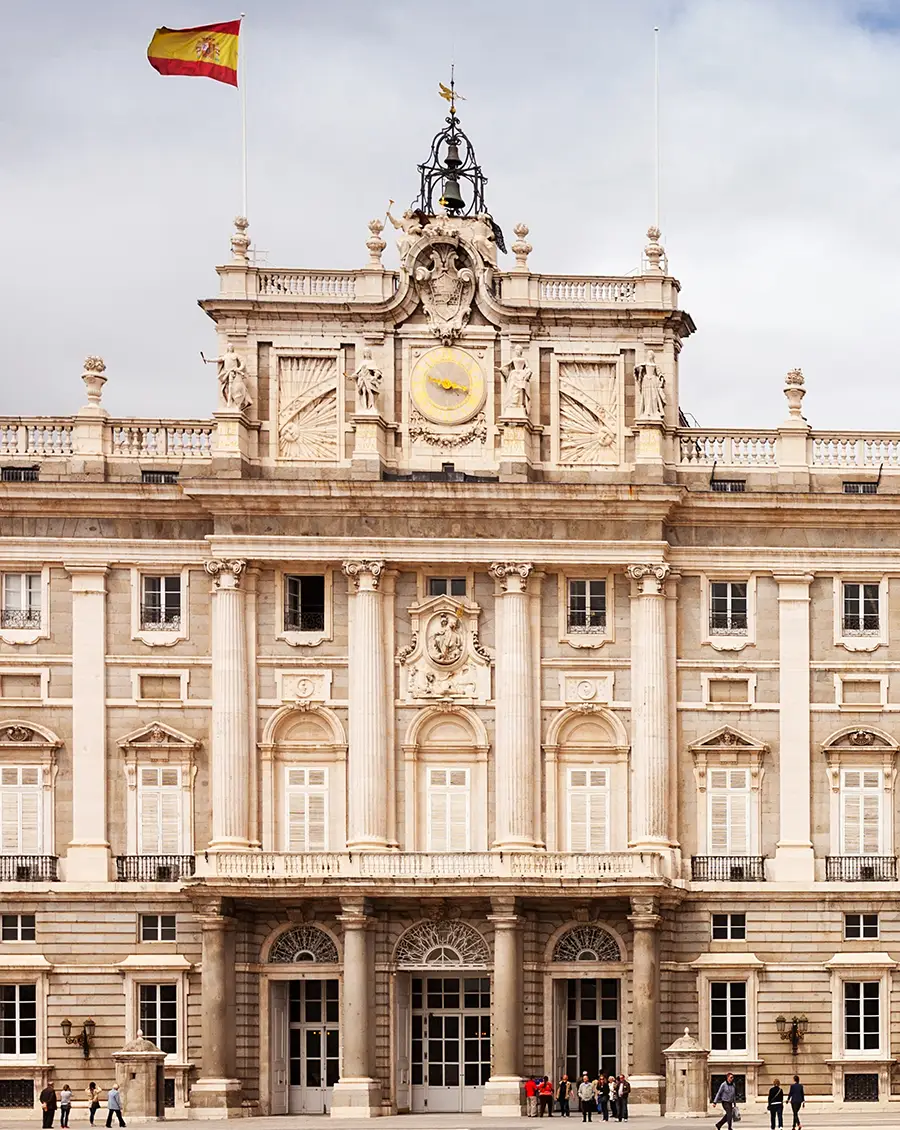
Plaza Mayor and Royal Madrid
Plaza Mayor stands as one of Madrid's most iconic landmarks, situated proudly at the heart of the city. Completed in 1619, this grand central square invites visitors to embark on a leisurely stroll through one of Madrid's most charming districts. Following a reconstruction led by architect Juan de Villanueva after a fire in 1791, Plaza Mayor boasts elegant granite archways that encircle the square. Today, the square's historic buildings primarily house city government offices.
Adjacent to Plaza Mayor lies Madrid's majestic Royal Palace, once the residence of British monarchs from Charles III to Alfonso XIII. While no longer inhabited by the royal family, the palace remains their official residence. Nestled between the Royal Palace and La Almudena Cathedral, a new observation deck offers breathtaking views of Campo del Moro Park and Casa de Campo Park. This addition is part of the area's ongoing revitalisation efforts, coinciding with the anticipated opening of the Museum of Royal Collections in 2022.
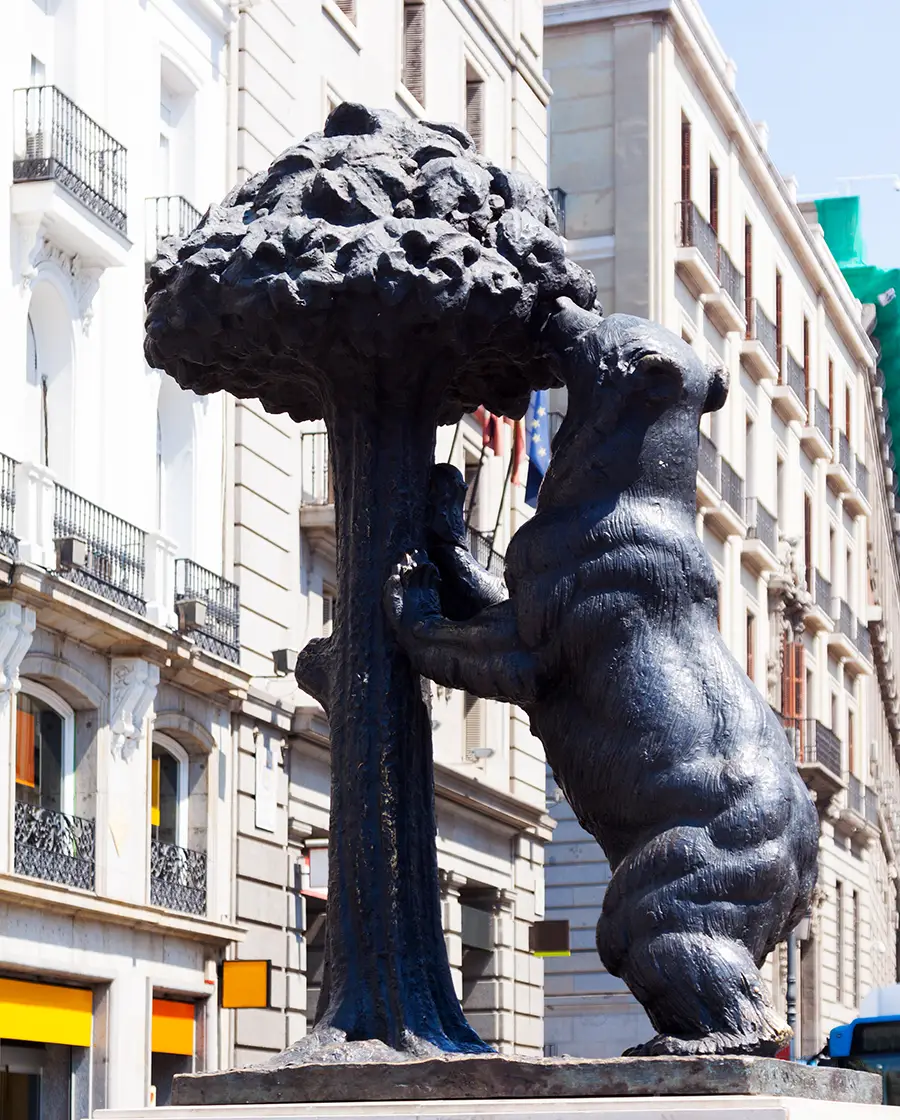
Puerta del Sol
Puerta del Sol stands as the vibrant nerve centre of the city. This expansive square serves as one of the most popular meeting points in town, attracting visitors and locals alike. People gather around various landmarks, including the Kilometre Zero mark, the iconic statue of the bear and the strawberry tree, the equestrian statue of Charles III of Spain, and the replica of the statue of Mariblanca.
At the heart of Puerta del Sol lies the renowned clock adorning the Real Casa de Correos, the seat of Madrid's Regional Government.
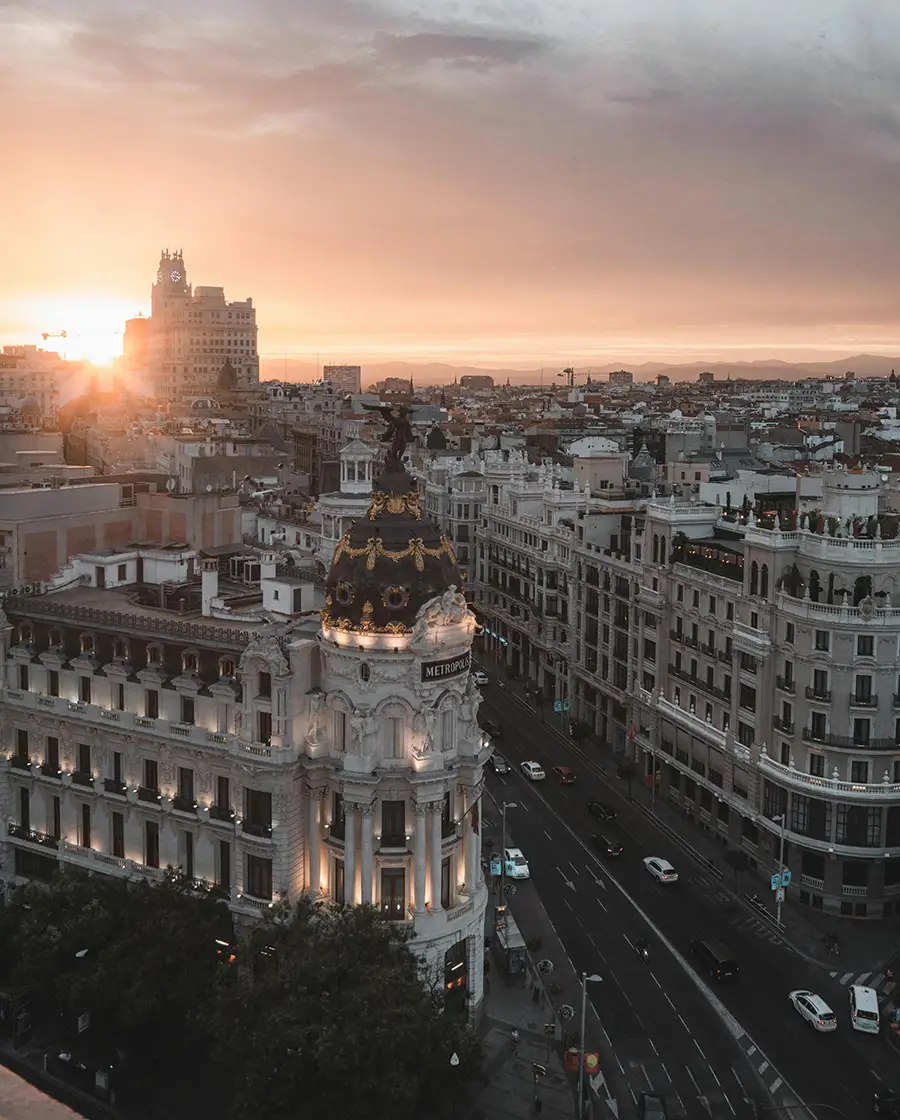
Gran Via
Gran Vía, though relatively recent with its construction beginning in 1910, has rapidly become the flagship thoroughfare of the city. Within less than a century, it has evolved into a bustling hub, boasting theatres, cinemas, department stores, and some of Madrid's most exclusive shops. Additionally, Gran Vía is renowned as a showcase of early 20th-century architecture, featuring iconic buildings such as Metrópolis and Carrión, Edificio Telefónica, and Real Oratorio del Caballero de Gracia.
In this lively neighbourhood, one can also explore the recently renovated Gran Via metro station, its entrance a faithful replica of the temple designed by architect Antonio Palacios.
The Barrio de las Letras (Literary Quarter) is located in the heart of Madrid, situated between Sol-Gran Vía and Paseo del Arte (Art Walk). During the seventeenth century, known as the Golden Age of Spanish Literature, esteemed writers such as Cervantes, Lope de Vega, Quevedo, Tirso de Molina, and Góngora, among others, resided here, thus earning it its evocative name.
Madrid's Literary Quarter has long been a haven for writers and literature enthusiasts, drawing them to the corrales de comedias (open-air theatres). The Corral de Comedias del Príncipe, now known as Teatro Español, was renowned for showcasing the finest comedies by playwrights from the Spanish Golden Age.
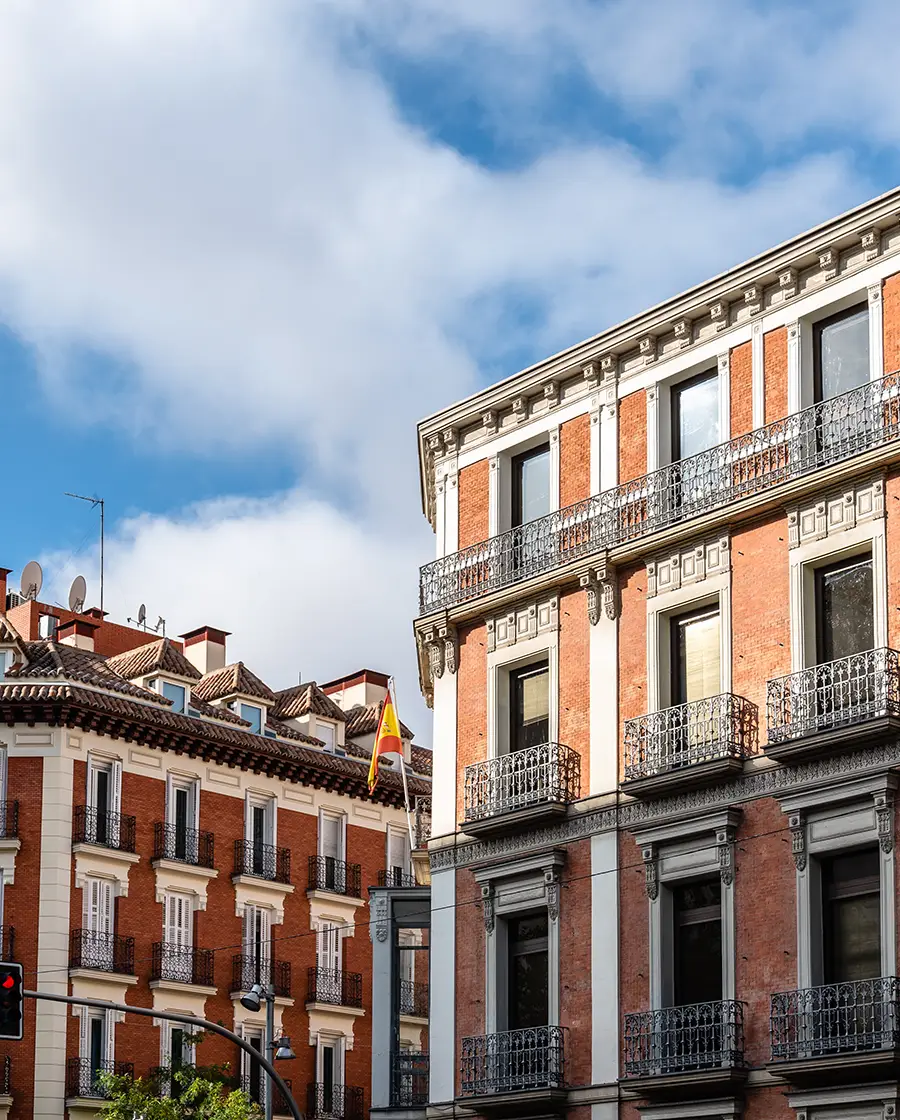
Golden Mile: Salamanca
The Barrio de Salamanca is renowned for its unique layout and the distinguished residents who have historically called this highly coveted area of Madrid home. Developed in the latter half of the nineteenth century by designer José de Salamanca y Mayol, the neighbourhood was intended to be an exclusive enclave for Madrid's aristocracy and bourgeoisie. Throughout its history, Salamanca has primarily been a residential area favoured by Spain's financial and political elite. In the last fifty years, it has also become a magnet for diplomats, businesspeople, and chic fashion outlets, solidifying its reputation as a prestigious and desirable locale.
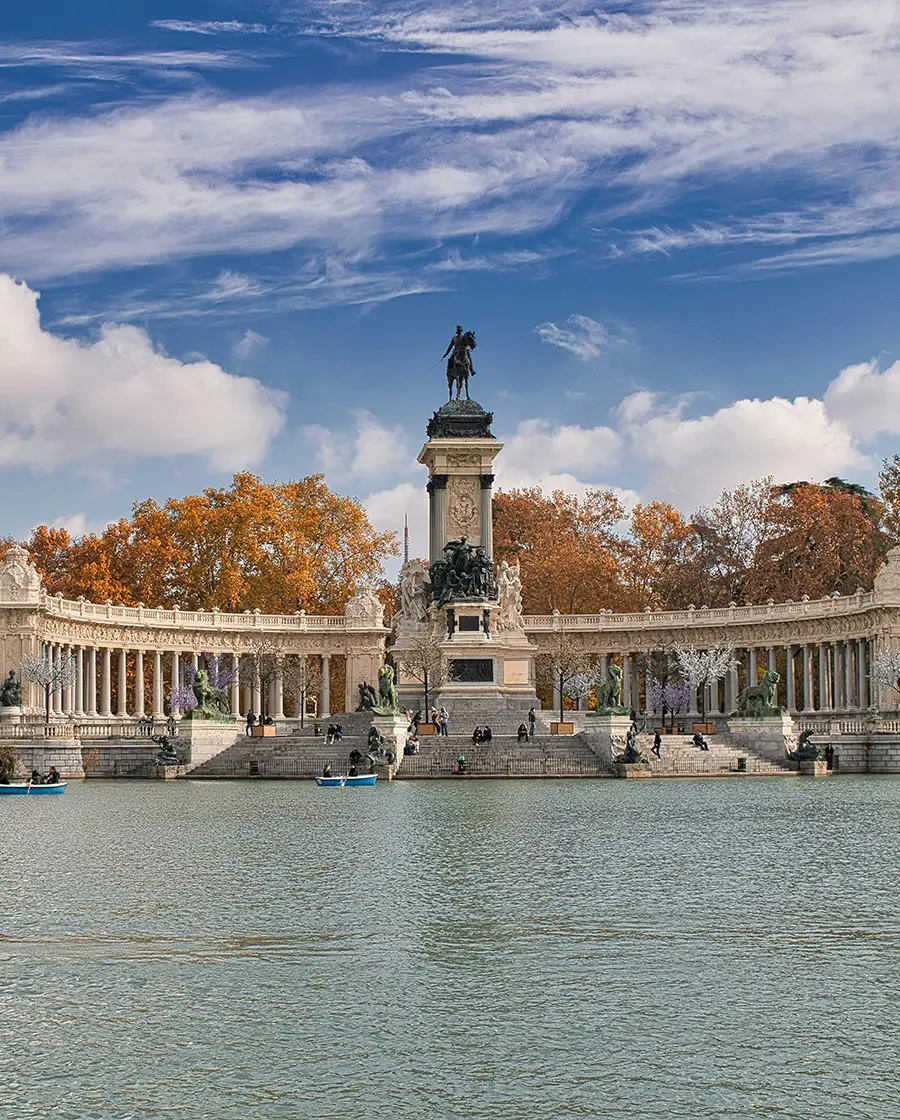
Retiro and Paseo del Arte
The El Retiro area was designated as a UNESCO World Heritage Cultural Landscape in 2021. At the heart of this neighbourhood lies El Retiro Park, which was established during the reign of the Catholic Monarchs in the early sixteenth century. Additionally, the Paseo del Arte, or Art Walk, is a renowned feature of the area, often referred to as the art triangle. This is because within a two-kilometre radius, one can find three of the world's most significant art galleries.
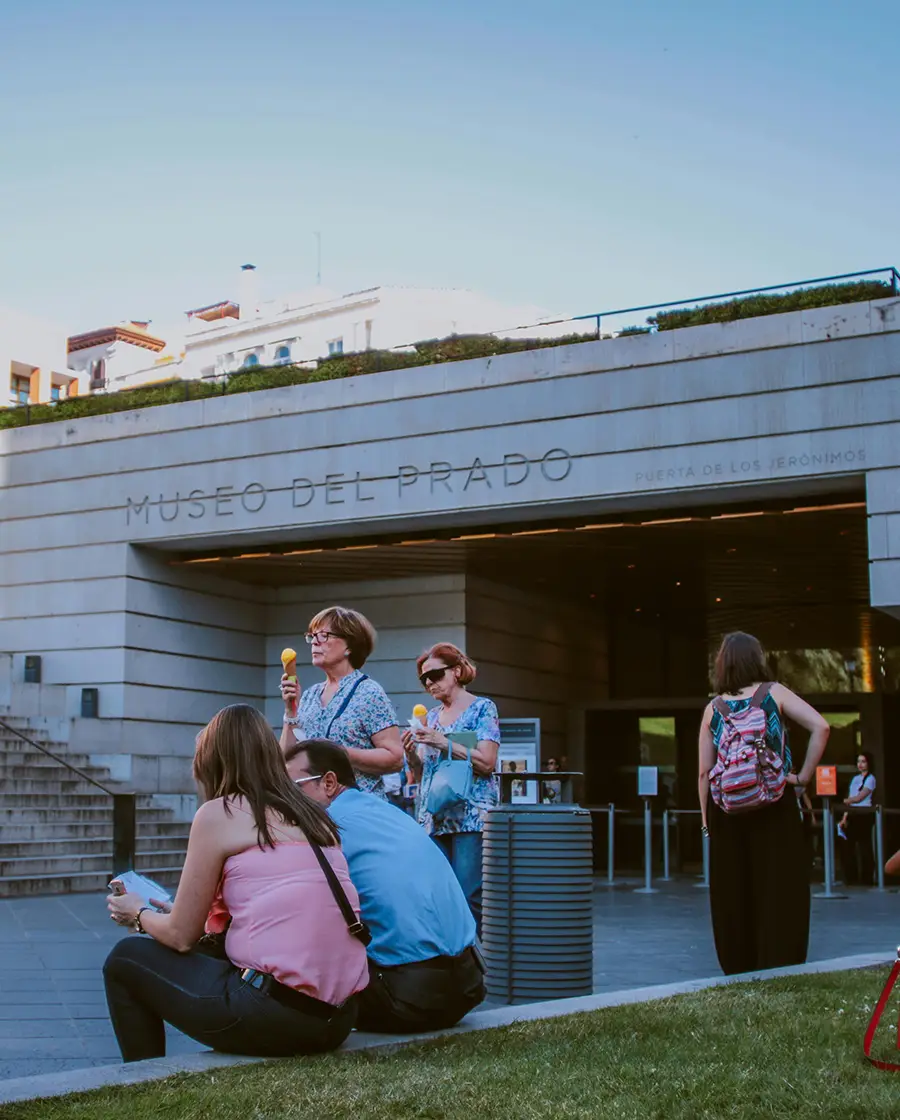
Prado Museum
The museum is housed in a neoclassical building designed in 1785 by architect Juan de Villanueva to accommodate the Natural History Department. It displays the fantastic royal collection of art, which comprises works from the Spanish, Flemish, and Italian schools. Some of the greatest masterpieces you can view at the Prado Museum are "Las Meninas" by Velázquez, "The Garden of Earthly Delights" by Hieronymus Bosch, or Goya’s "Black Paintings." Designed by contemporary architect Rafael Moneo, the adjoining building stages temporary exhibitions.
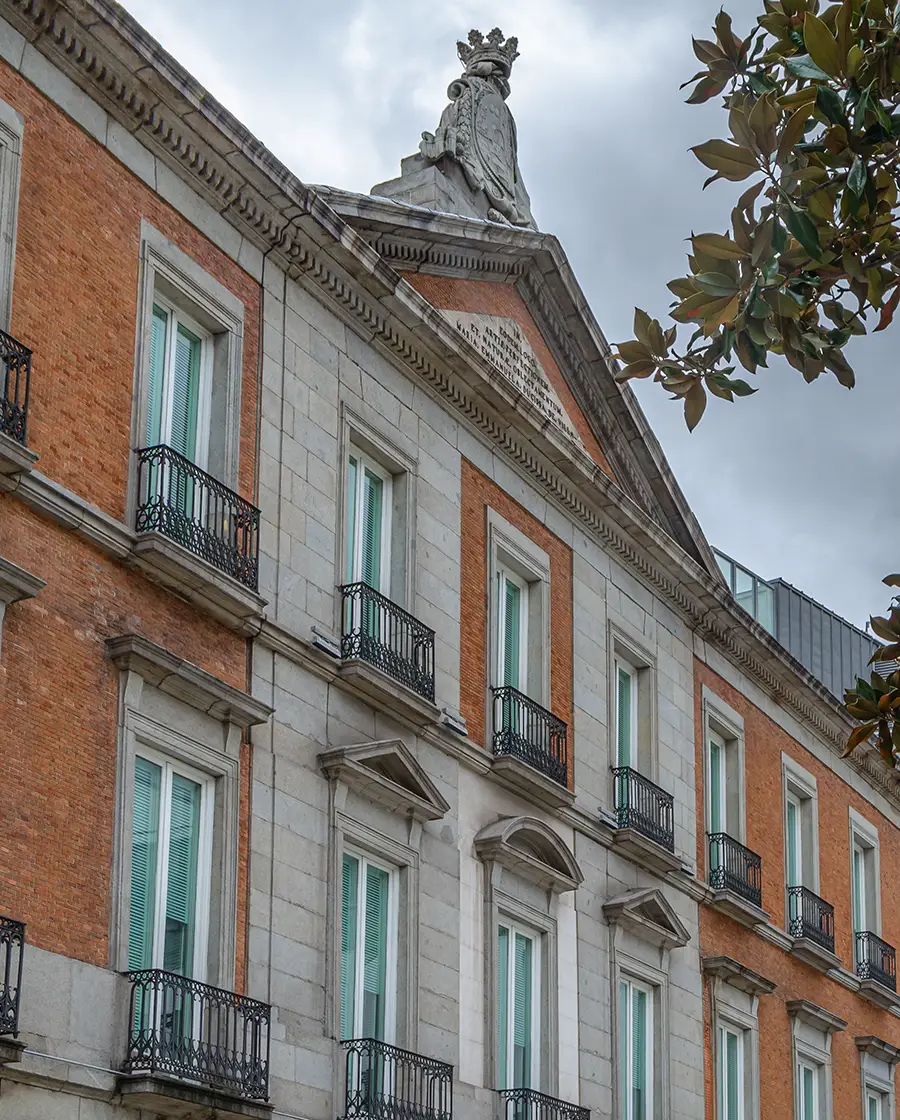
Thyssen-Bornemisza National Museum
Housed in the Villahermosa Palace, across the street from the Prado Museum, is the Thyssen-Bornemisza collection, started by Heinrich Thyssen in the 1920s and enlarged by his son Hans Heinrich. Opening in October 1992, the museum reviews the evolution of European painting from the Middle Ages to the late twentieth century with works by Canaletto, Gauguin, Kandinsky, and Hopper, among many others. Currently, it also exhibits part of the Carmen Thyssen-Bornemisza Collection, which contains an interesting selection of Impressionist art.
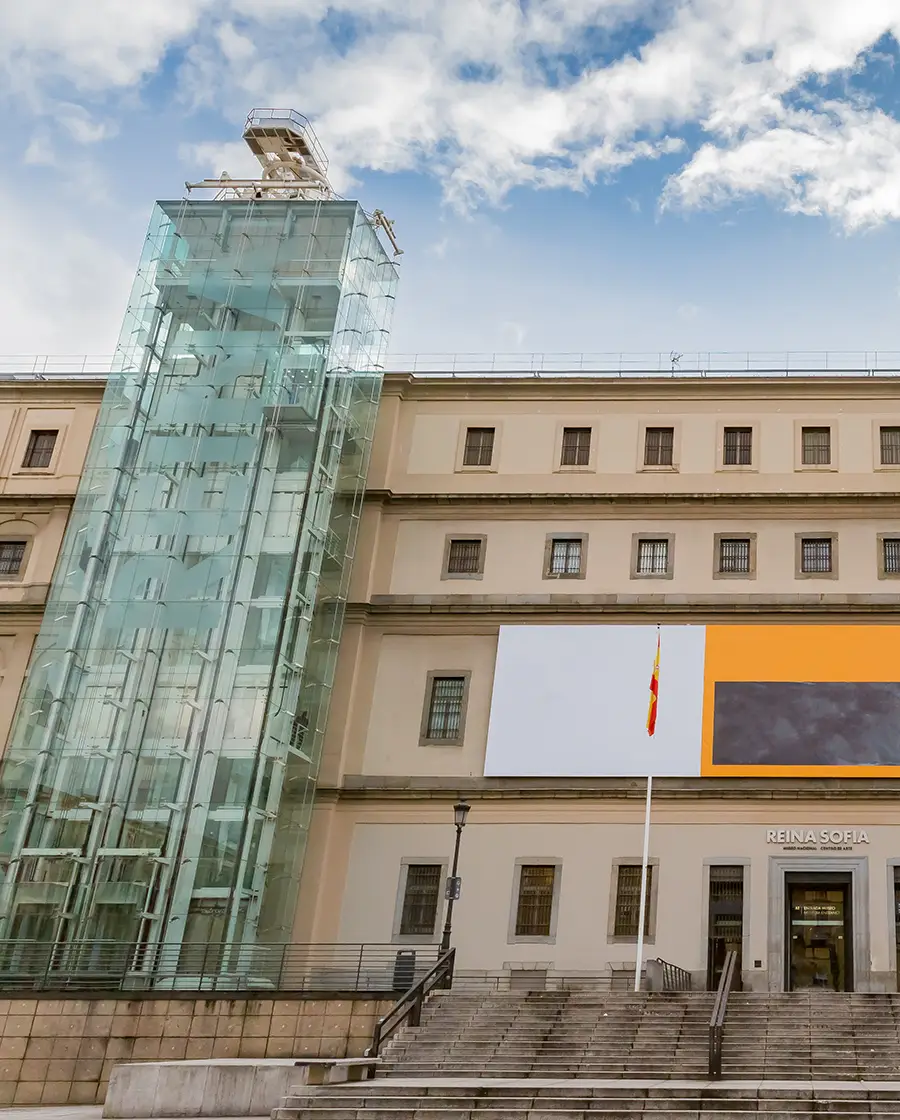
Reina Sofía Museum (MNCARS)
The Reina Sofía first opened its doors to the public in 1990 as a continuation of the Prado Museum, exhibiting artworks from the late nineteenth century to the present day. Housed in the former Madrid General Hospital built by Francisco Sabatini and later extended by architect Jean Nouvel, it contains works by masters such as Dalí, Miró, and Juan Gris. However, the highlight of the collection is undoubtedly Picasso’s Guernica. The Reina Sofia Tourist Information Point is open all year round and provides visitors with all the information they need.
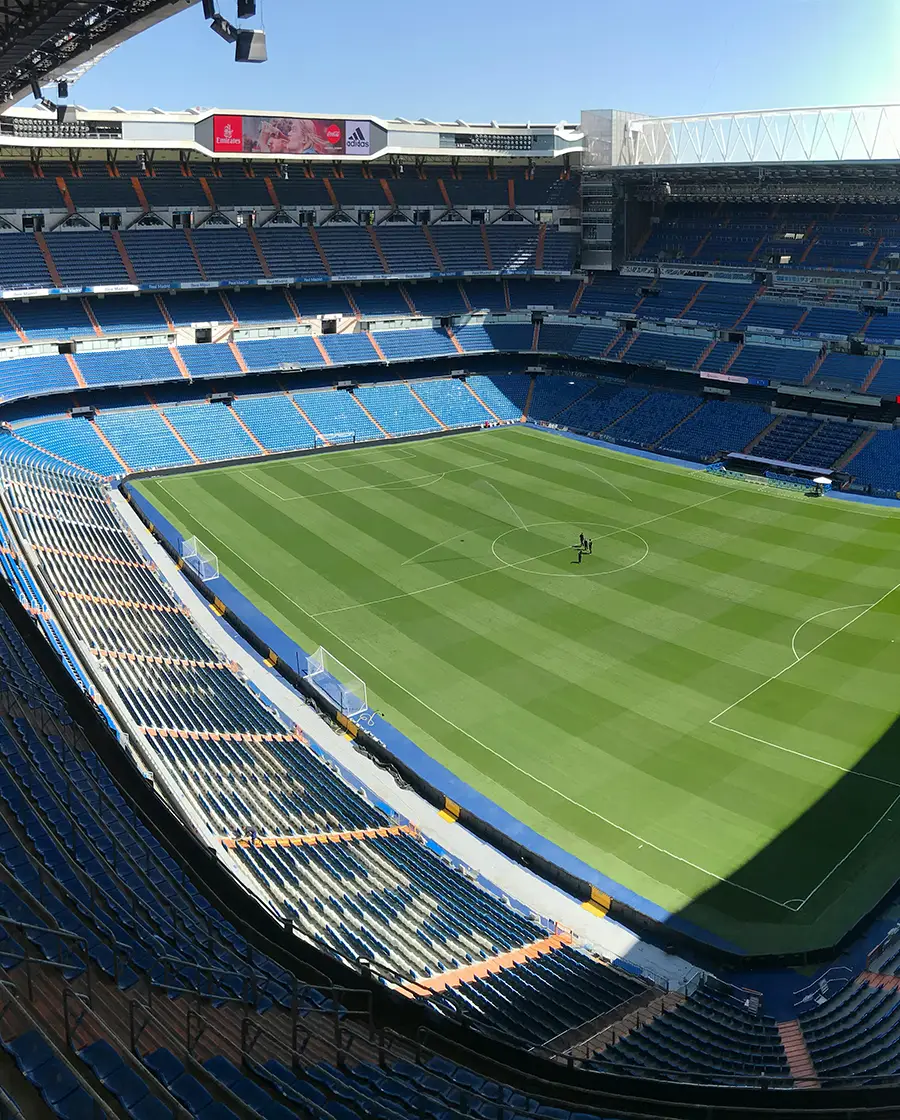
Santiago Bernabeu Stadium
Real Madrid is one of the three professional football teams in Madrid. The Santiago Bernabéu Stadium, named after the legendary Madrid manager who presided over the club from 1943 to 1978, was inaugurated in 1947 and can accommodate over 80,000 spectators. The stadium is also equipped with more than 240 VIP boxes. The Bernabéu Tour offers visitors access to one of the world’s most iconic sports venues, where they can explore the rich history of the world’s most successful club and experience firsthand the historical transformation of the Santiago Bernabéu Stadium.